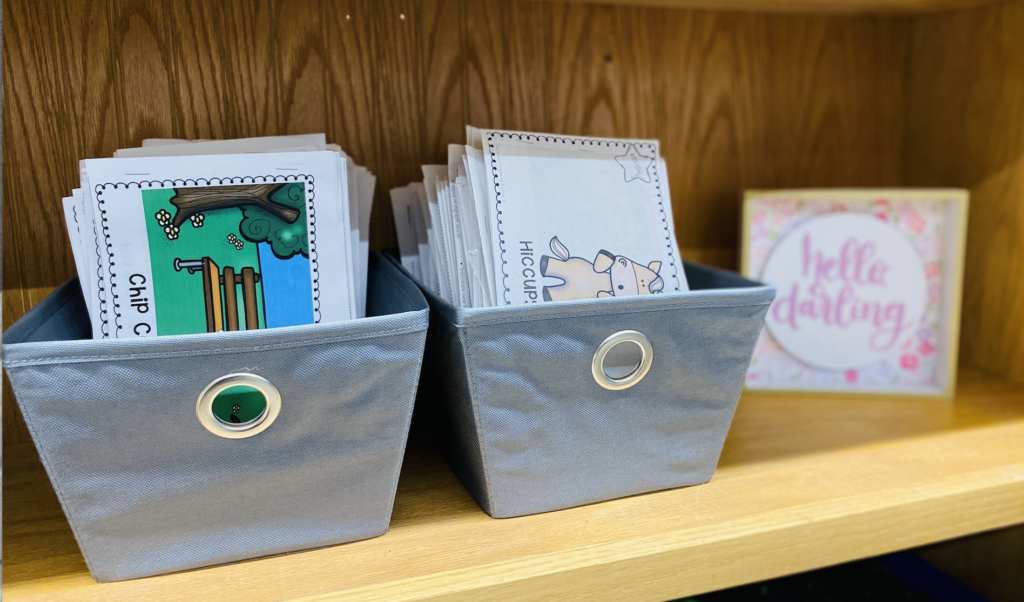
There is so much to consider when planning for an upcoming school year. One of my biggest summer projects each year is organizing and decorating my classroom. Whether is a complete decor overhaul with a new theme and curtains, or just a spiff up of last year’s theme, one this is for sure, there are a few elements that do not change. I want to make sure that the classroom environment is set up for literacy instruction that is aligned with the Science of Reading. This includes having a sound wall, organizing both whole and small group spaces, as well as literacy centers. Let me tell you more!
Sound walls
A sound wall provides a visual representation of the different sounds in the English language, helping students make connections between letters (graphemes) and sounds (phonemes). It displays 44 speech sounds which are typically organized by similar sounds and the way mouths make the sounds. This provides a powerful tool for students to recognize, segment, and blend phonemes, which are essential skills for proficient reading and spelling. This strategy helps to solidify the understanding of the alphabetic principle, enabling children to become more skilled and confident readers.
There are many different ways to display a sound wall. A quick Google search will bring up hundreds, but you can see mine right here!
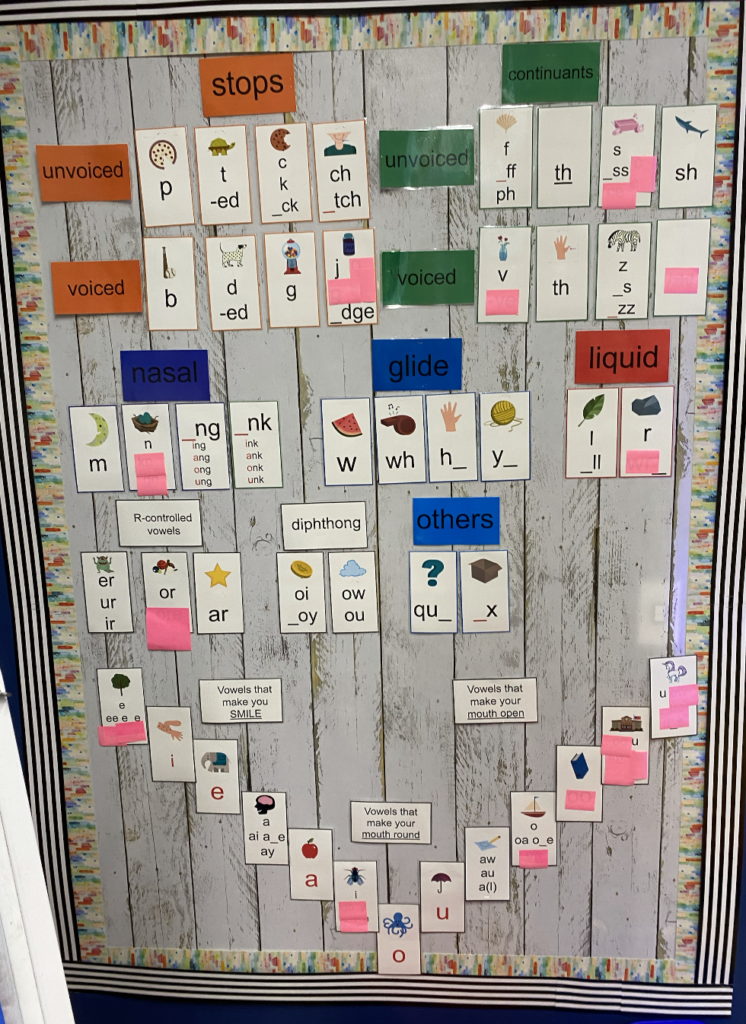
Sounds Walls are replacing word walls because rather than needing to know the first letter of a word and then finding that letter and the word under the letter, students are able to match the sound they are needing to picture that has that same sound.
Alphabet Chart
I am a kindergarten teacher, and I have found at the beginning of the year, an alphabet chart is an important part of a classroom environment that is Science of Reading friendly. Some experts may disagree and recommend beginning with the sound wall on day one, but for the first couple weeks of school in my kinder class, it is just too much!

An alphabet chart is familiar to a lot of my students, and they can use it during our early writing lessons. It also helps to provide a handy clear reference for learning letter ID and letter formations. We begin sound wall instruction as soon as we can, and I incorporate practice into our daily phonics routines, it’s not long until my sweet kinders are telling me all about voiced and unvoiced sounds as well as the vowel valley, but we like the alphabet chart for the first little bit of each school year.
High-Frequency Word Walls
For lower grades, these can be great for creating a space for sight/irregular/heart whatever you want to call them. I like to put my heart words up after they have been mapped whole group, so students can easily find them and spell them correctly when writing.
Another way to use a high-frequency word wall in any grade is for expanding vocabulary. You could display new vocabulary words that you have found in the text that you have read. This helps me as a teacher remember those words and pull them back into instruction frequently. There could be one display for the whole school year, or it could be switched out for different units. Here are some tips for organizing those vocabulary words.
a. Word Organization: Arrange words alphabetically. Using different colors or fonts for each category can make the wall visually appealing and aid retention.
b. Interactive Features: Incorporate interactive elements like flip cards or movable strips. These can engage students in word activities and games, fostering their vocabulary development and sight word recognition. This would also be a great display for your writing center!
c. Review and Reinforcement: Regularly review and practice the high-frequency words displayed on the wall during whole group instruction or literacy centers. Encourage students to use these words in their reading and writing activities.
Whole Group Space:
My whole group space is a carpet right in front of our SMART board. I have the grapheme cards that I use during phonics instruction, read-aloud texts, big books, and an easel equipt with markers and chart paper. This is pretty standard for most classrooms! My helper, Ozzie is making good use of the whole group space today!
- Consider a flexible seating arrangement to promote collaboration and discussion.
- Display anchor charts, posters, and visual aids that reinforce reading strategies, grammar rules, or writing conventions.
- Incorporate a variety of reading materials at different levels and genres.
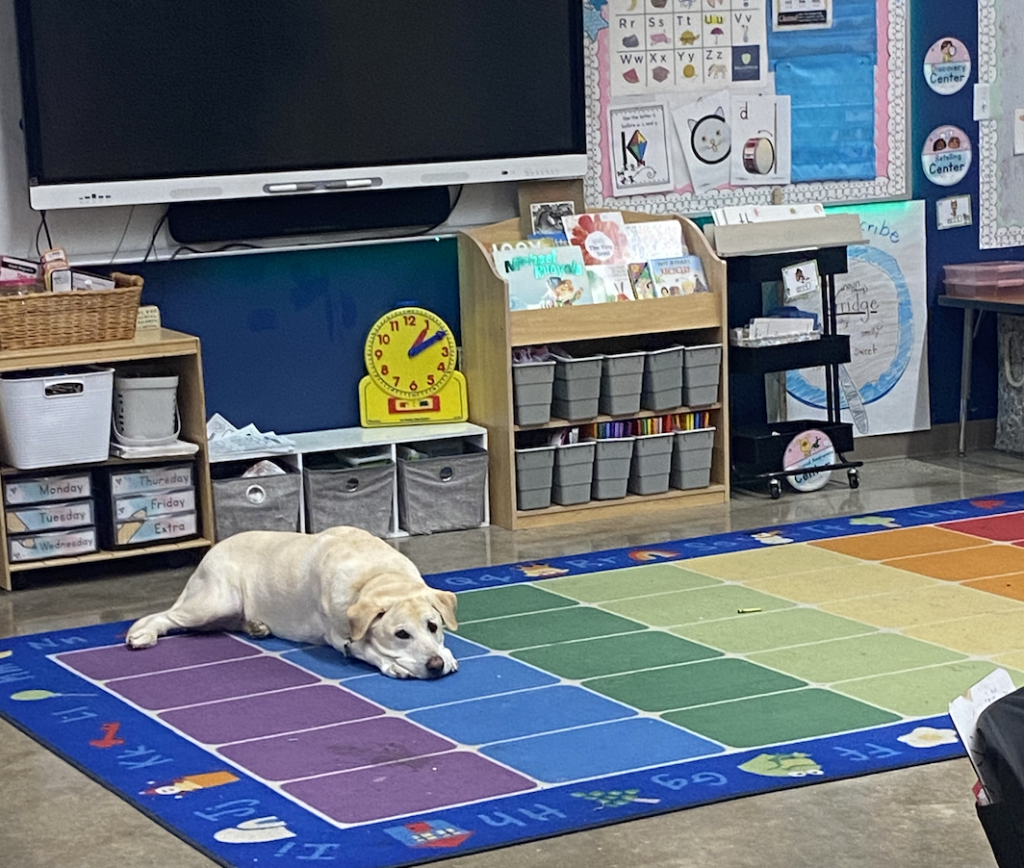
Small Group Space:
I could write an entire blog post just about my small group instruction space! It’s coming! But for now, check out these general tips to help you get started.
- Have designated areas for small group instruction, equipped with a whiteboard or easel for teaching and modeling.
- Organize materials, such as decodable books, literacy games, and manipulatives, in easily accessible bins or shelves.
Click here to learn more about how I plan for my literacy small groups!
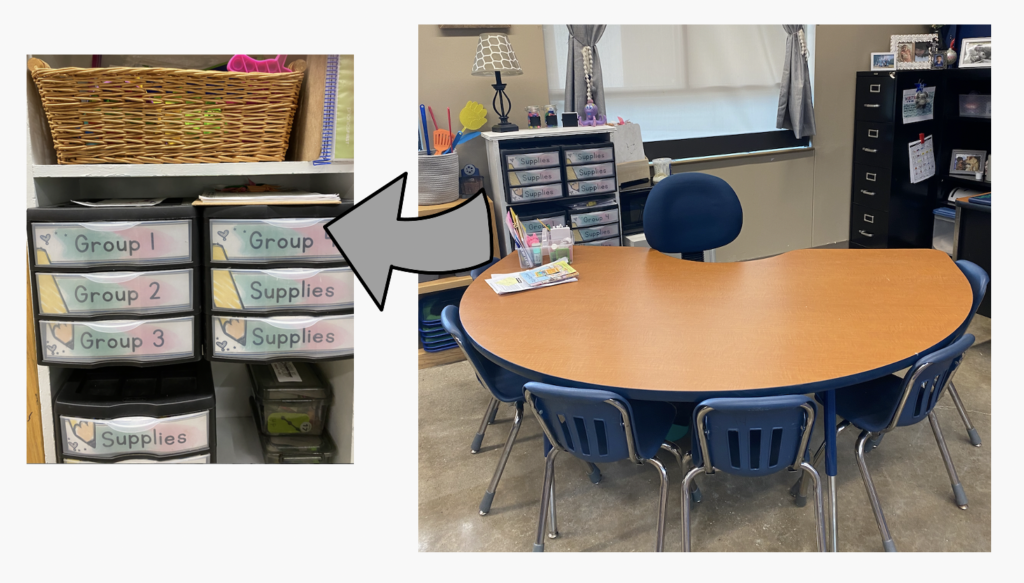
Literacy Centers:
This is another area that I have a whole blog post for you! If you want to read that post just click here! But, as far as set up goes, I would think about how many literacy centers that you think you might want and create a desinated space for those centers. Here are a few of my favorite ones:
- Phonics/Word Work
- Classroom Library. At first, I love to use this center to just give kids a chance to enjoy a book of their choosing! The new eventually wears off though and students need a job, this is when specific tasks can take this center to a new area. Sometimes a heart word hunt or drawing pictures or writing about the book to sumarize can take it to a new level.
- Writing Center. This center can really utilize that high-frequency word wall! I love to stock it with magizines for inspiration, stickers, fun makers, or teacher pens can make this center a favorite.
- Technology with Ipad or cromebooks.
- Following Directions Center This is my catch all! You can literally call any activiy a following direction activity!
As teachers, it is our responsibility to create classrooms that prioritize evidence-based practices to support our students’ reading development. This can be an overhelming task, but hopefully this blog post will be helpful! My best advice is to start small and create the classroom environment that supports your Science of Reading instruction bit by bit in managable pieces. Celebrate each step of the way and know that I am here to help you in any way that I can! Let me know what questions you have!

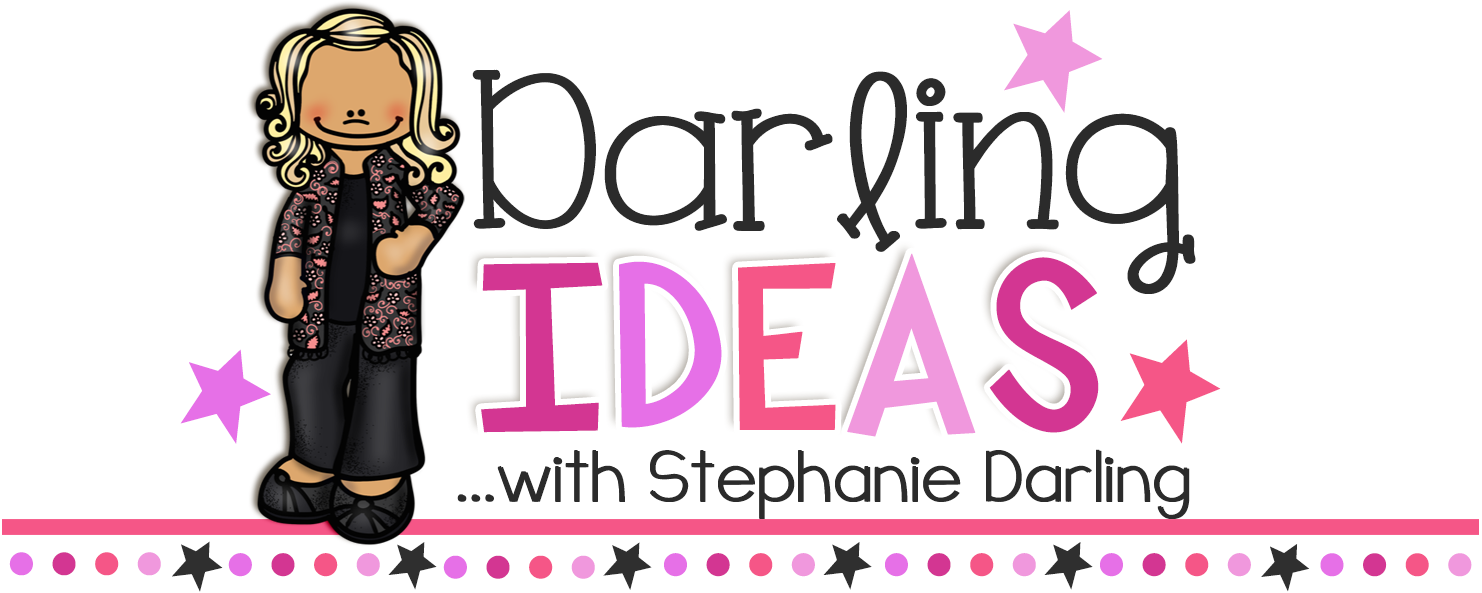

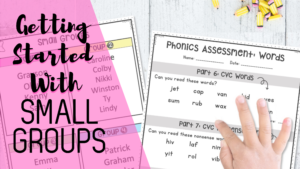
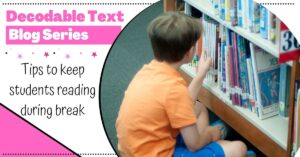
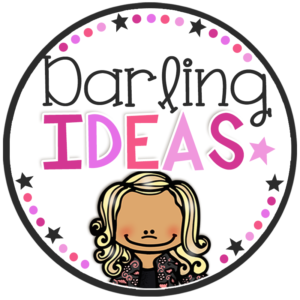
No Comments